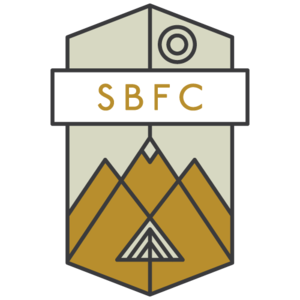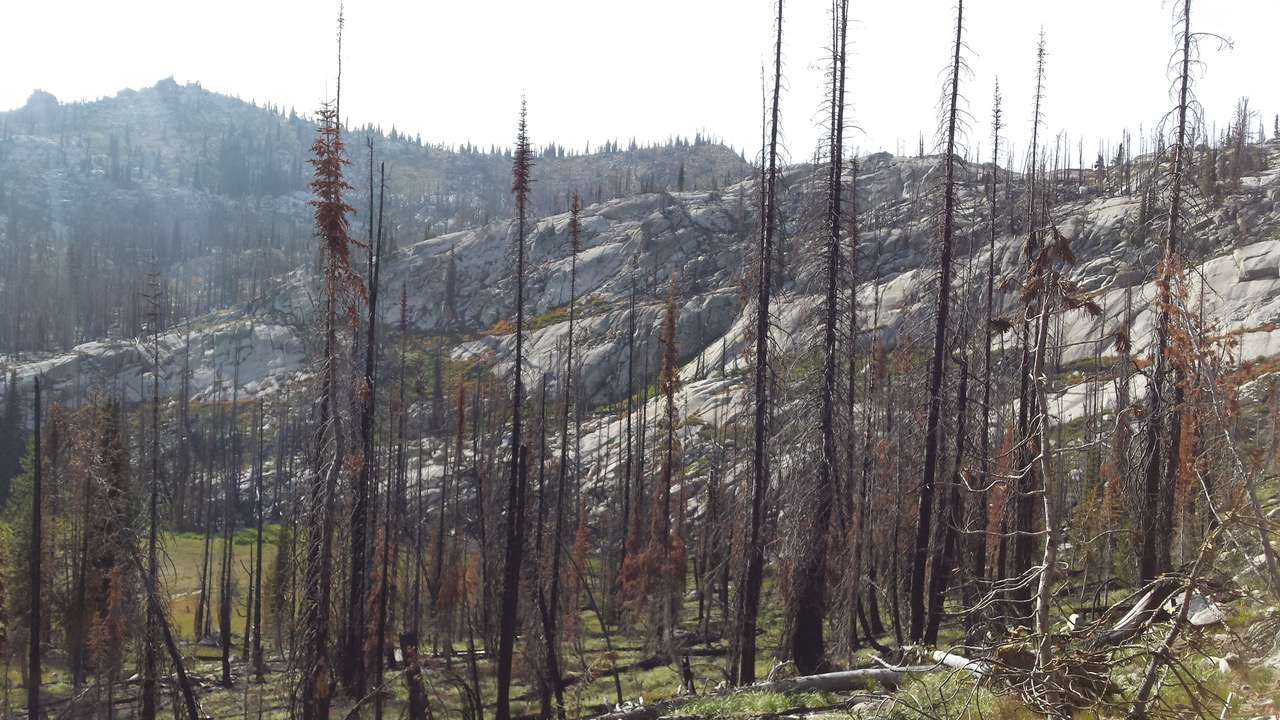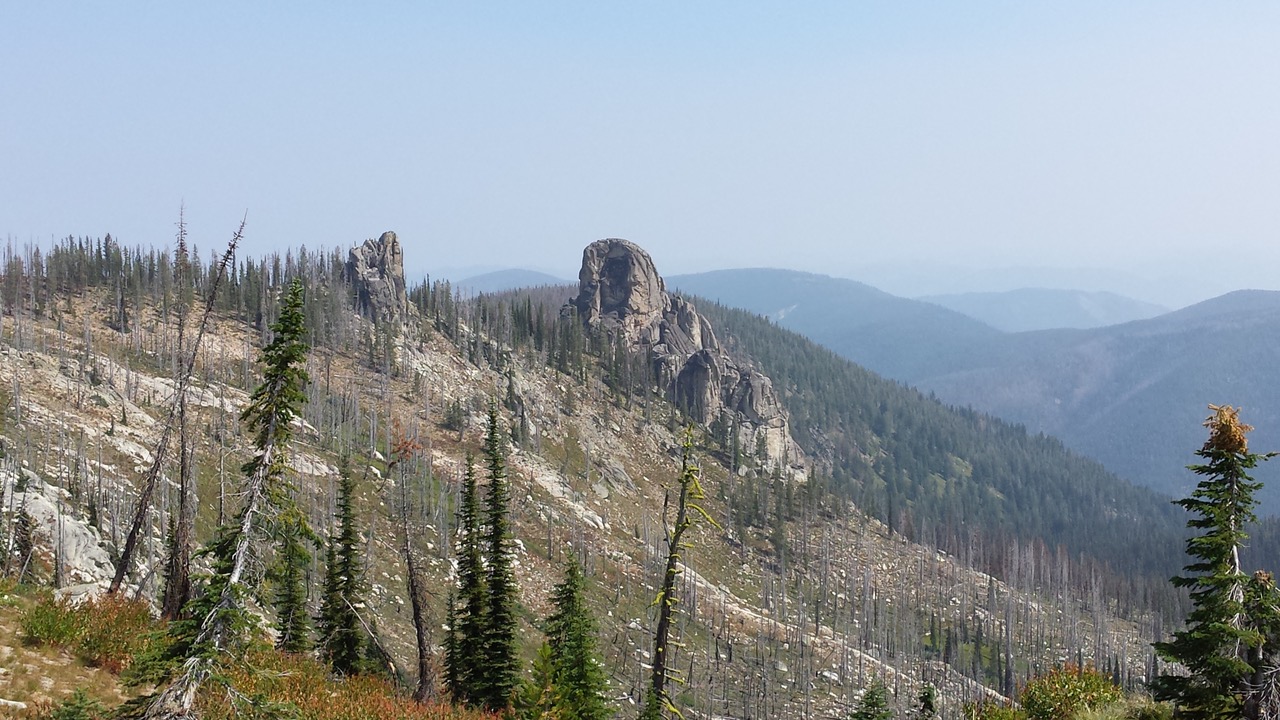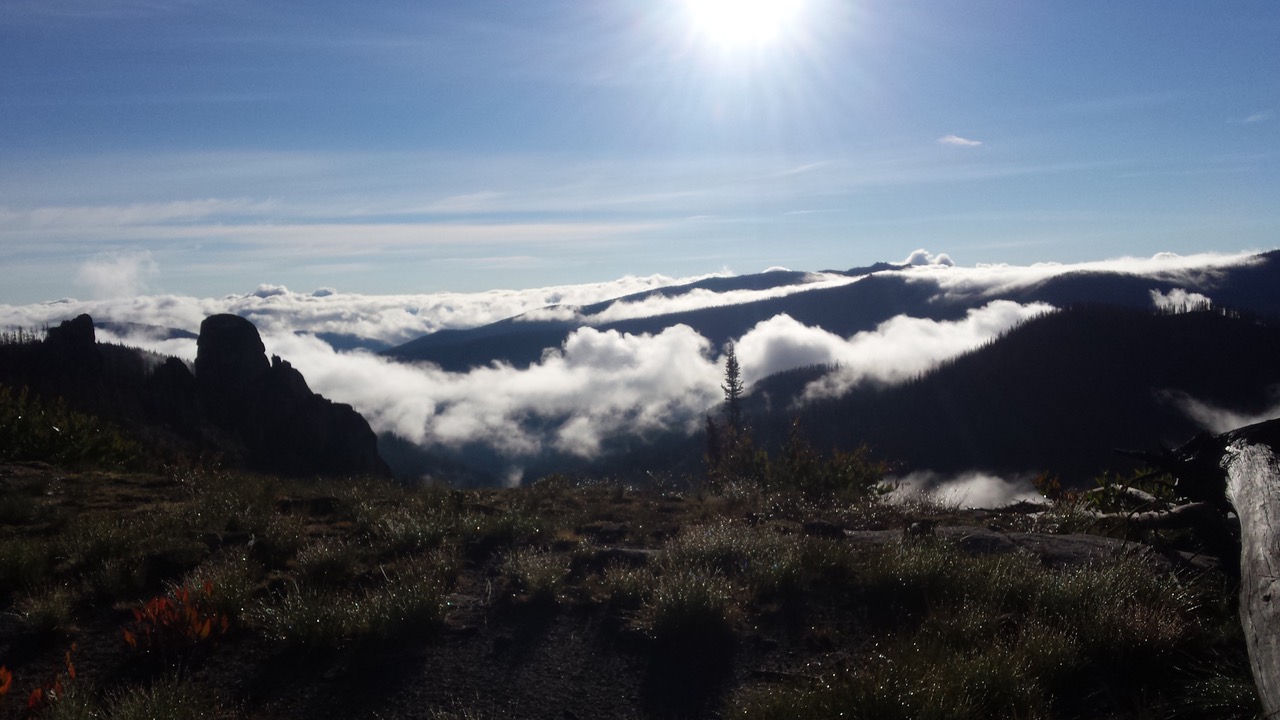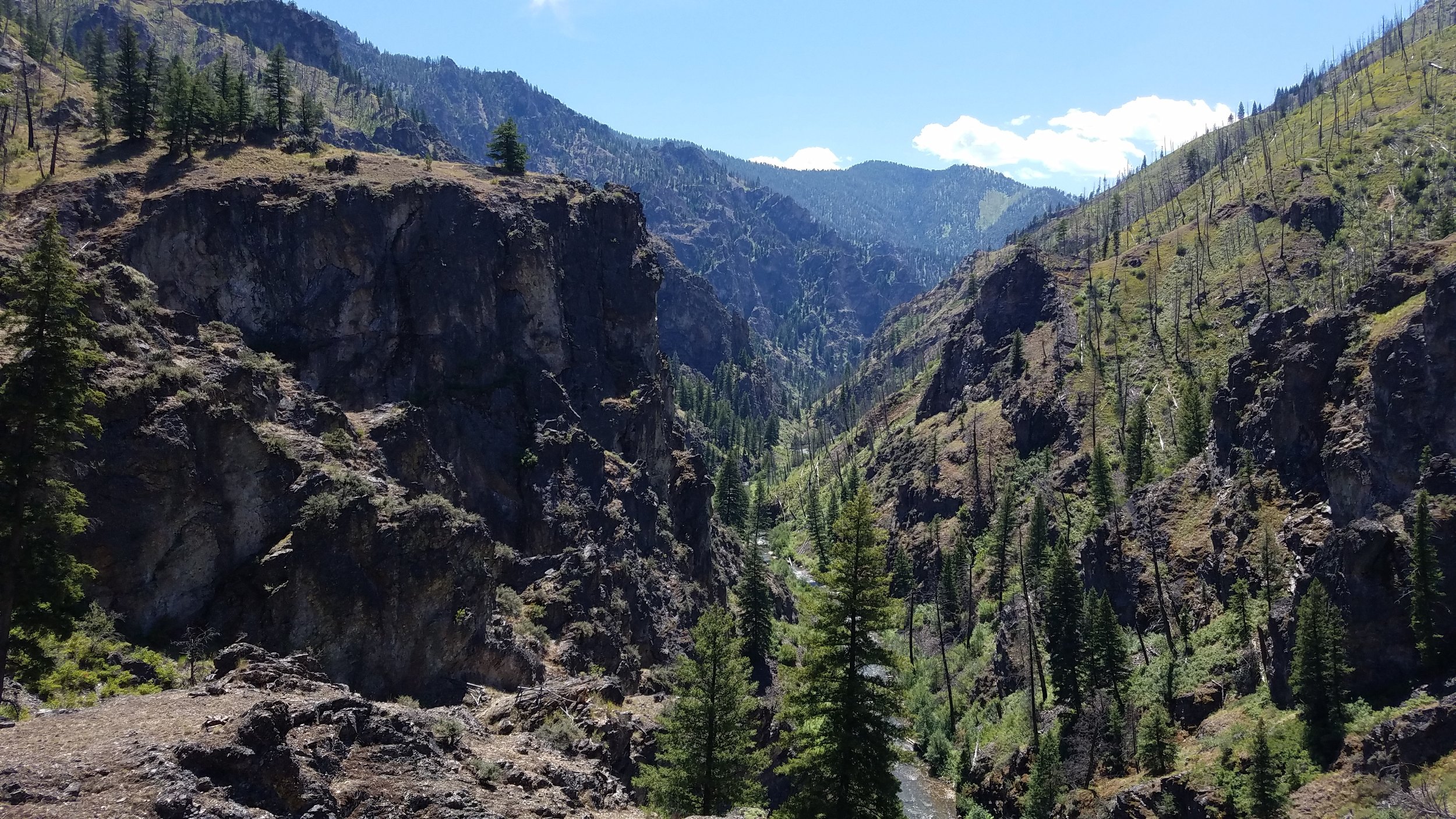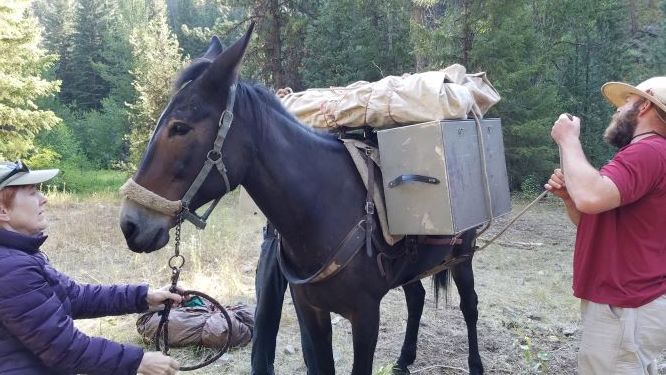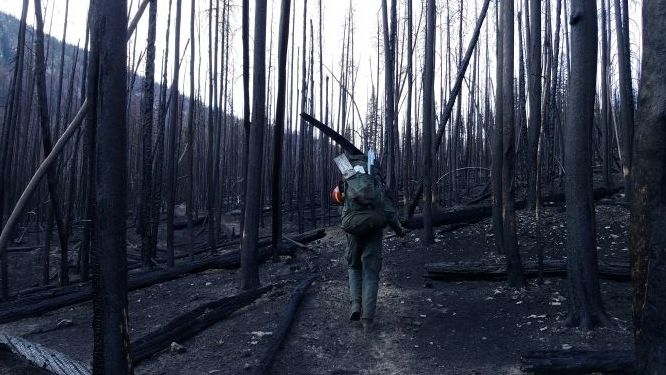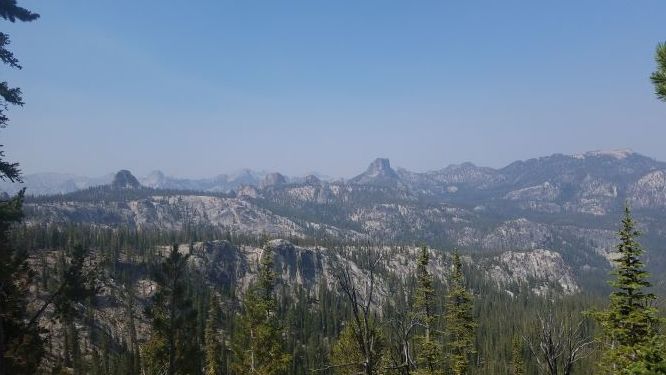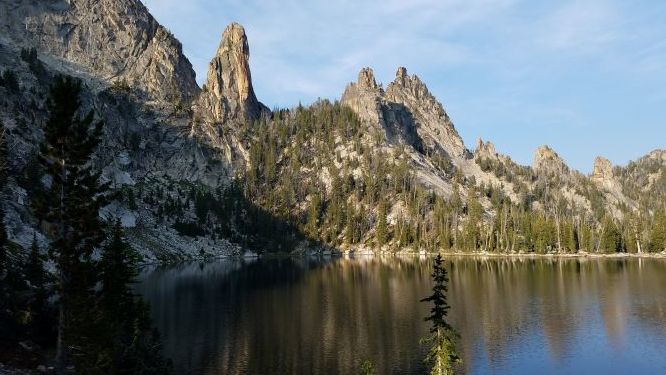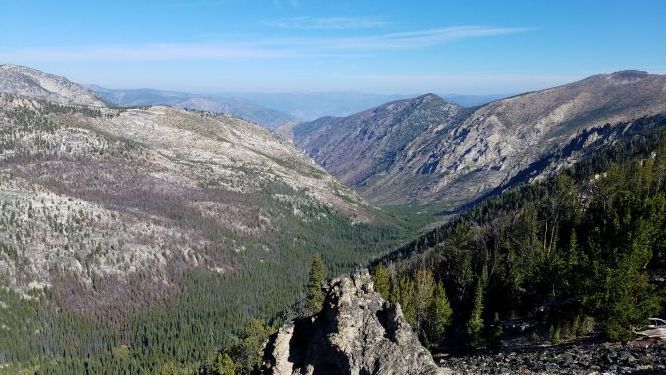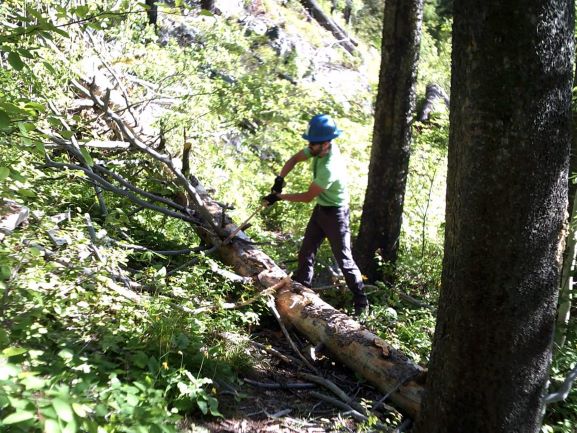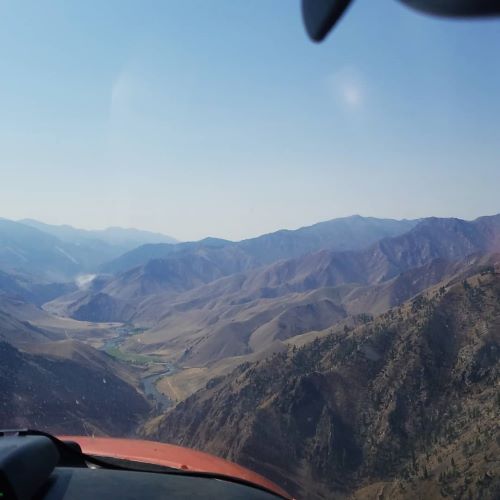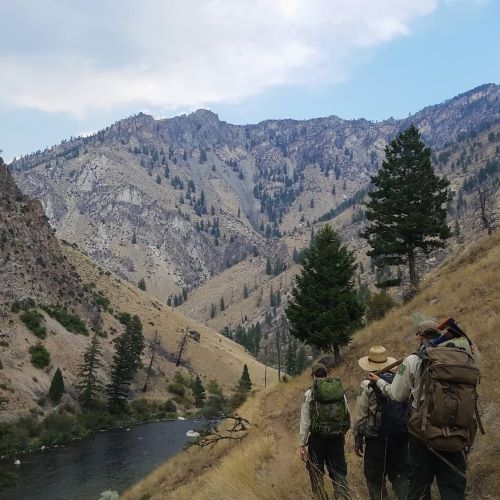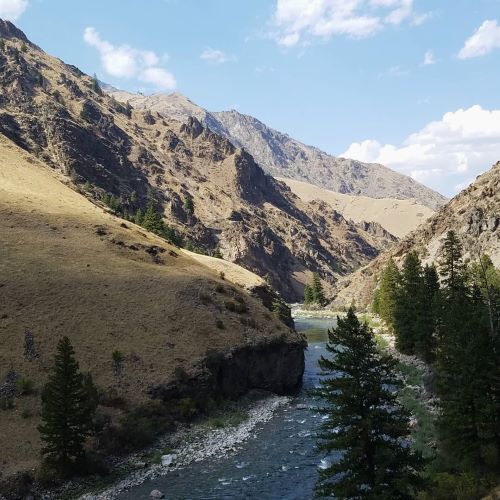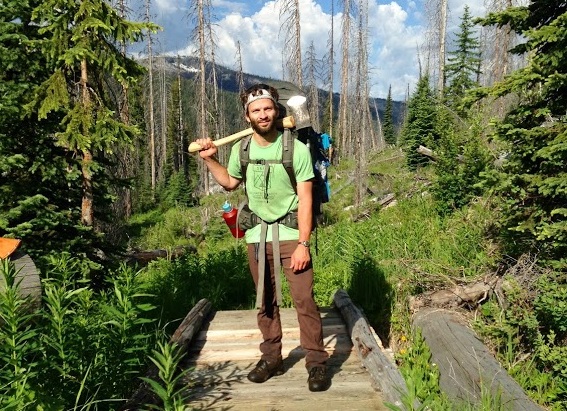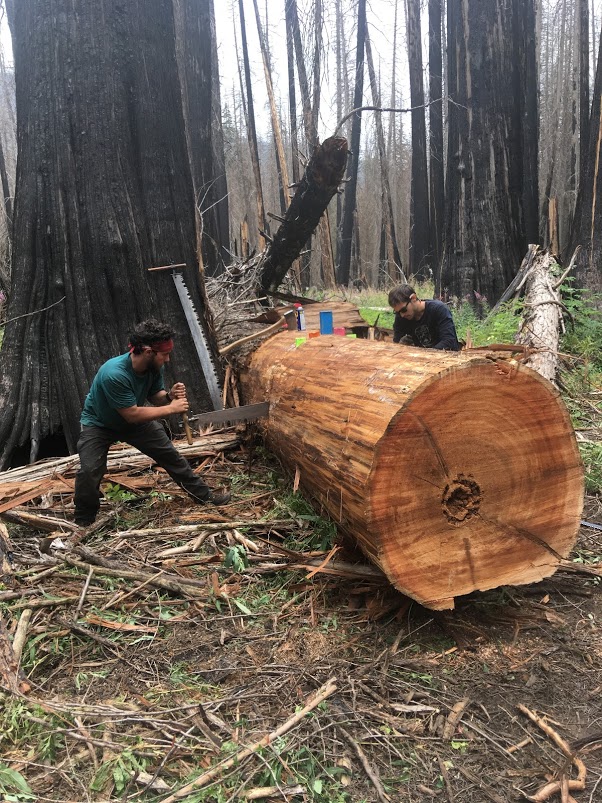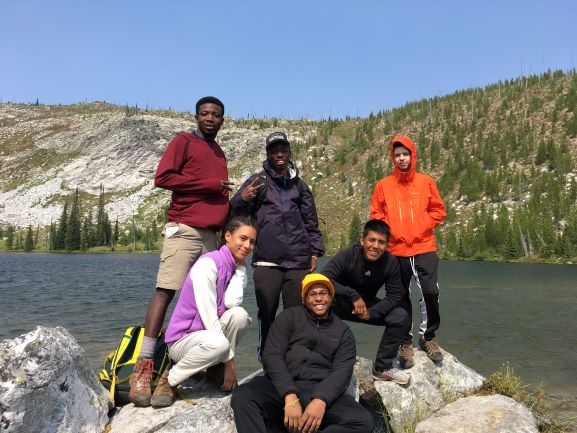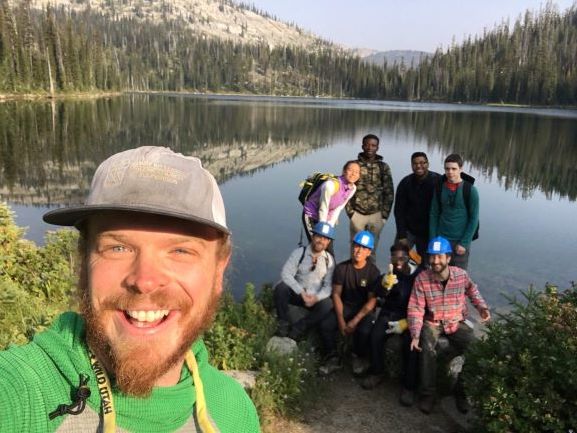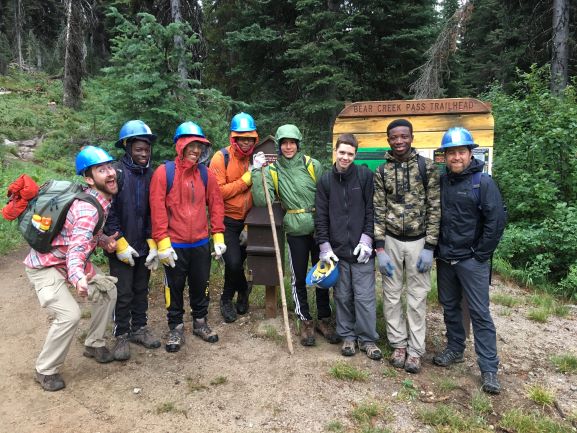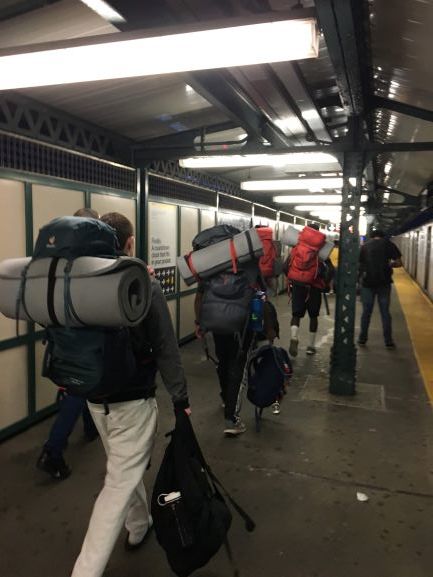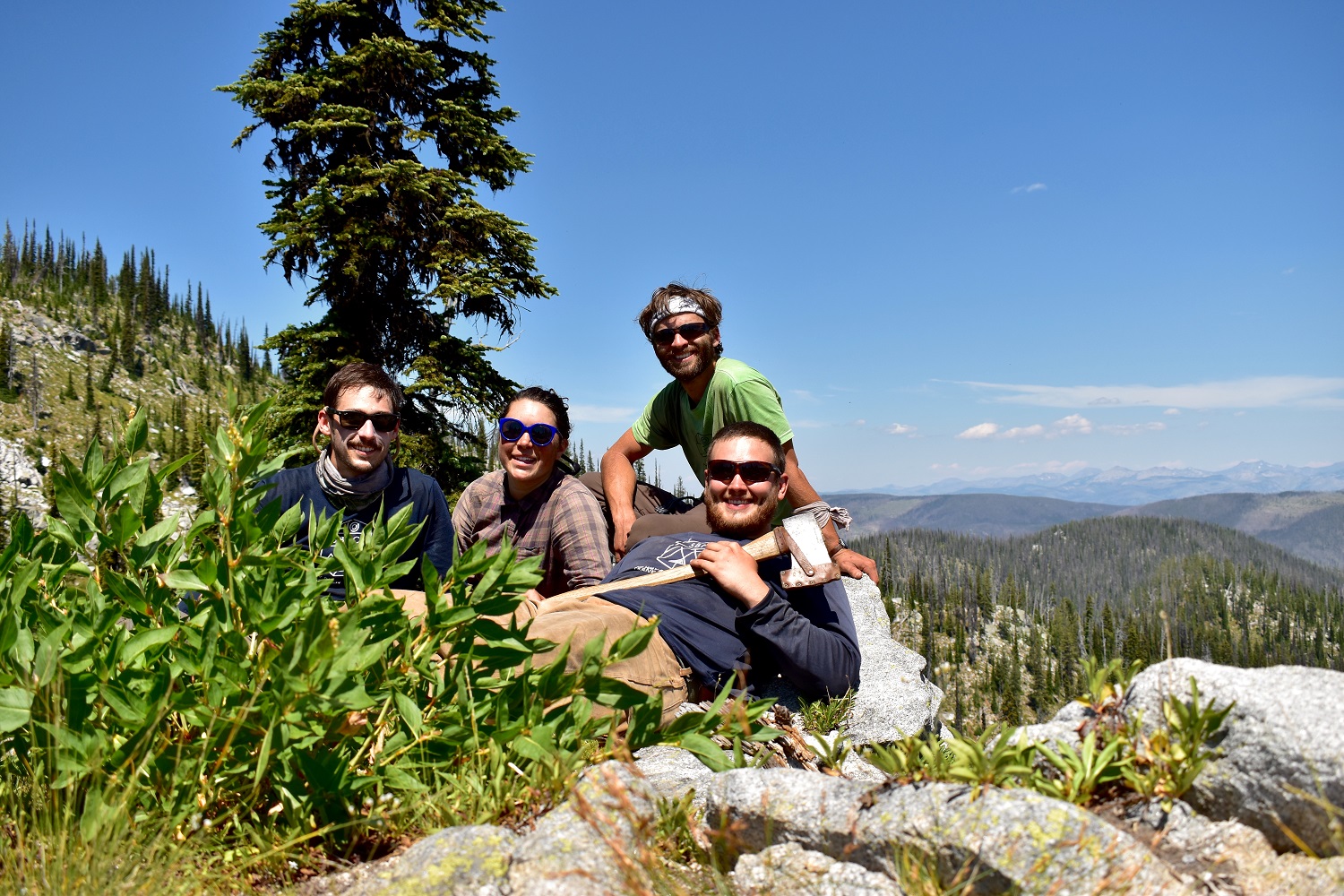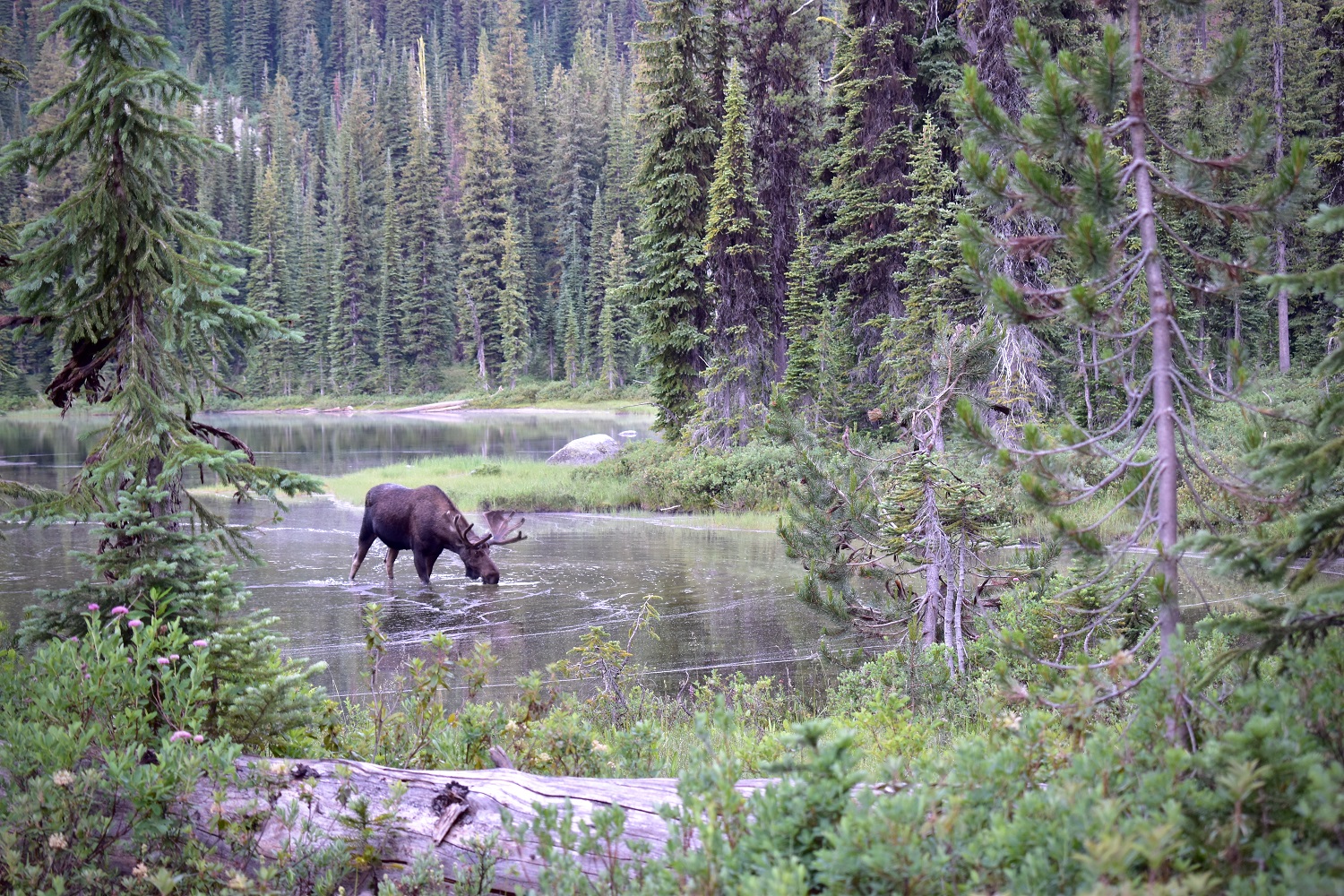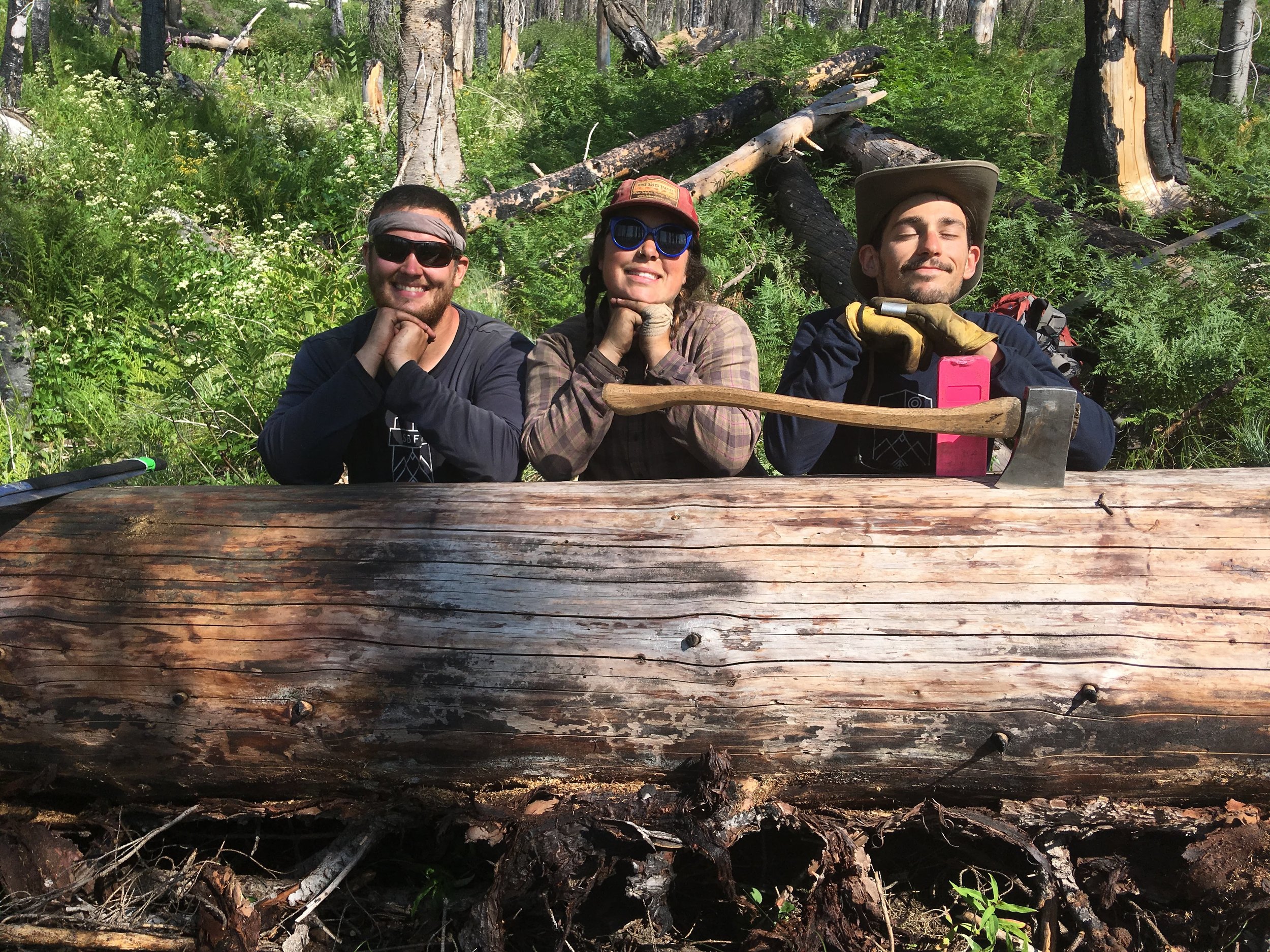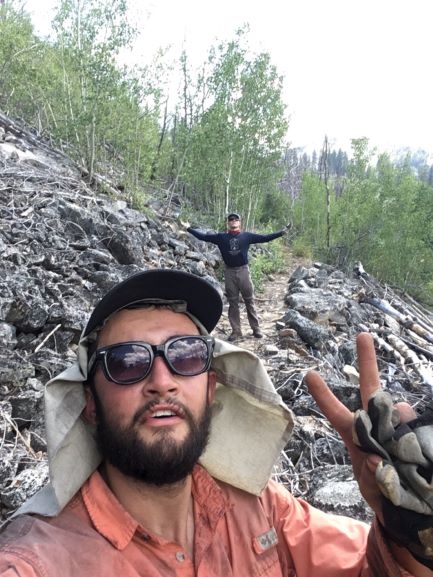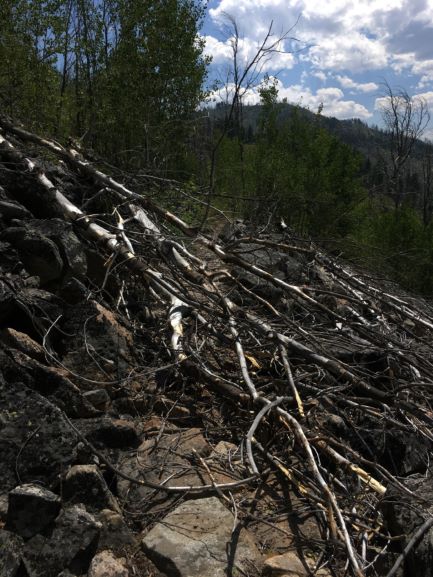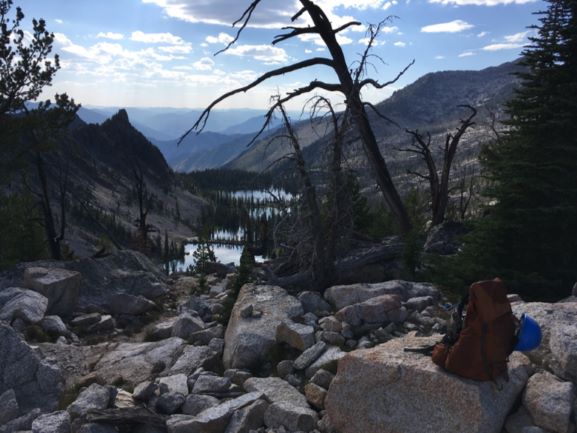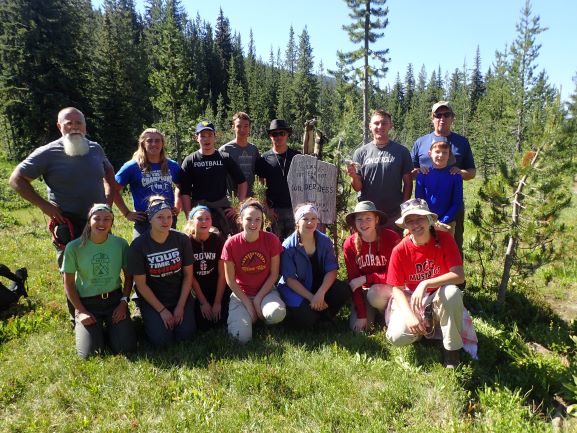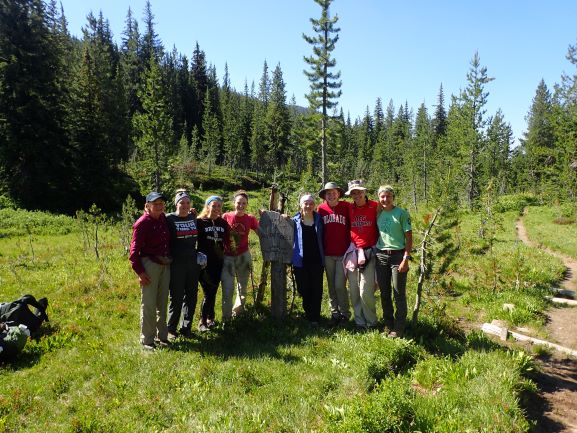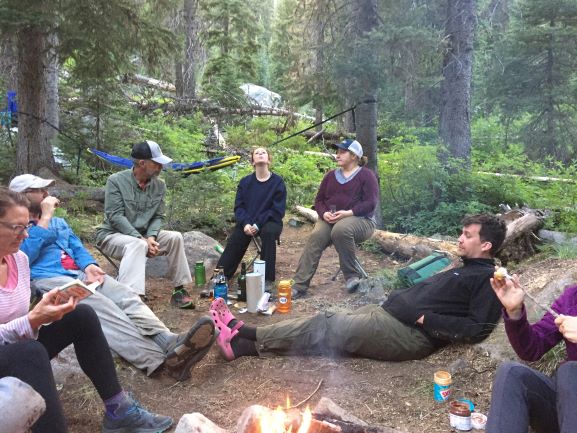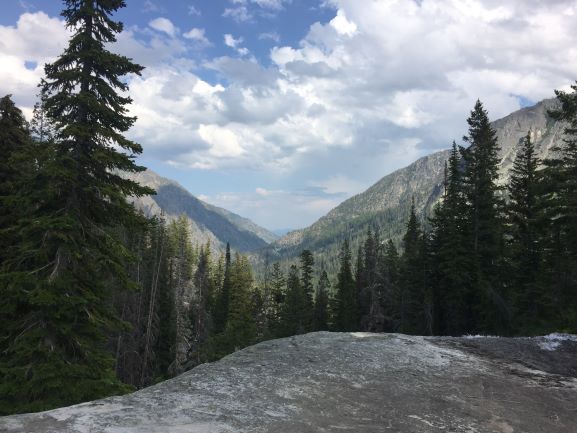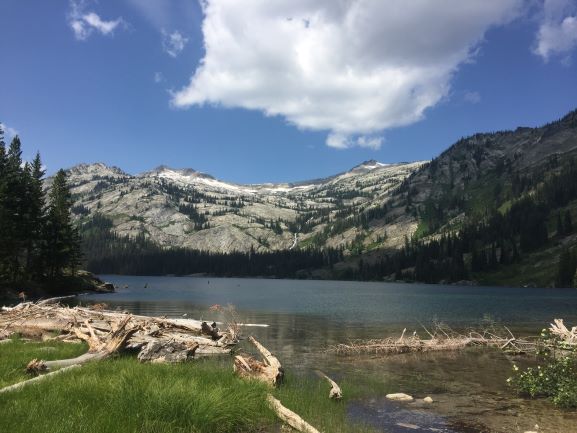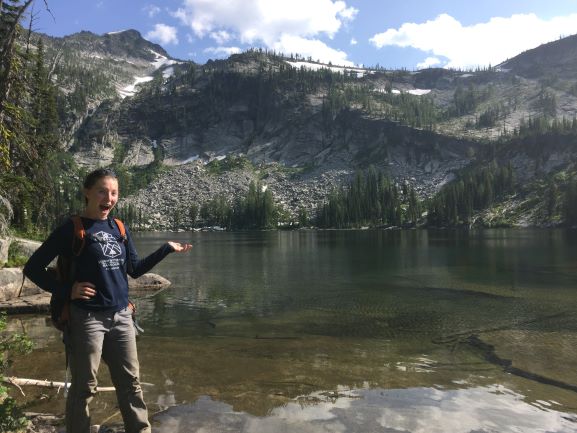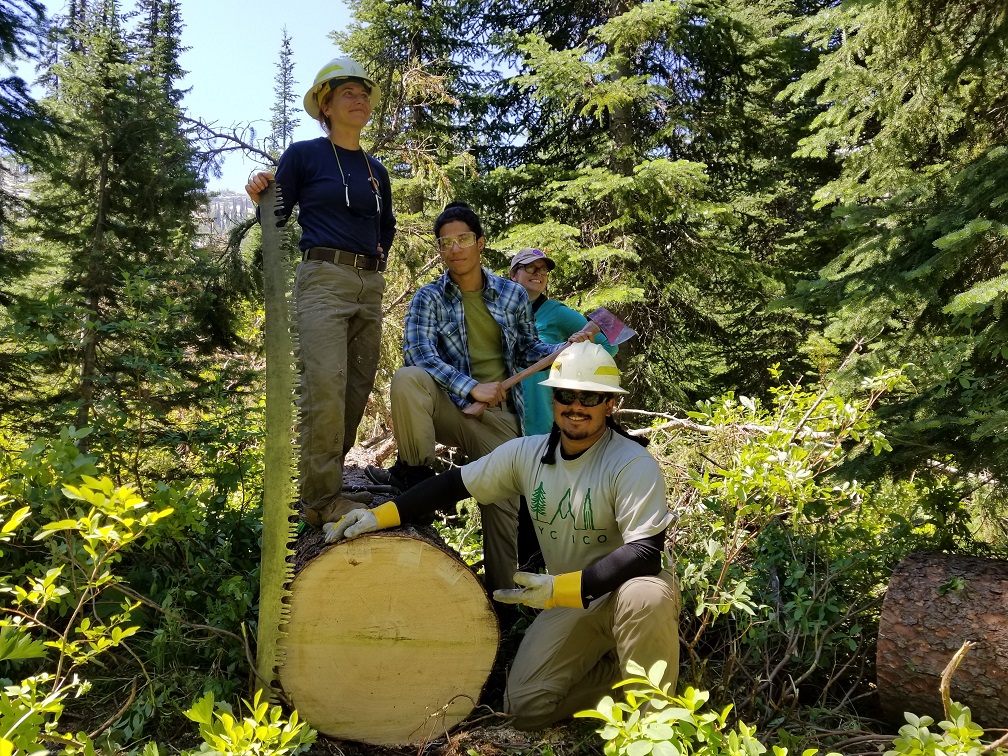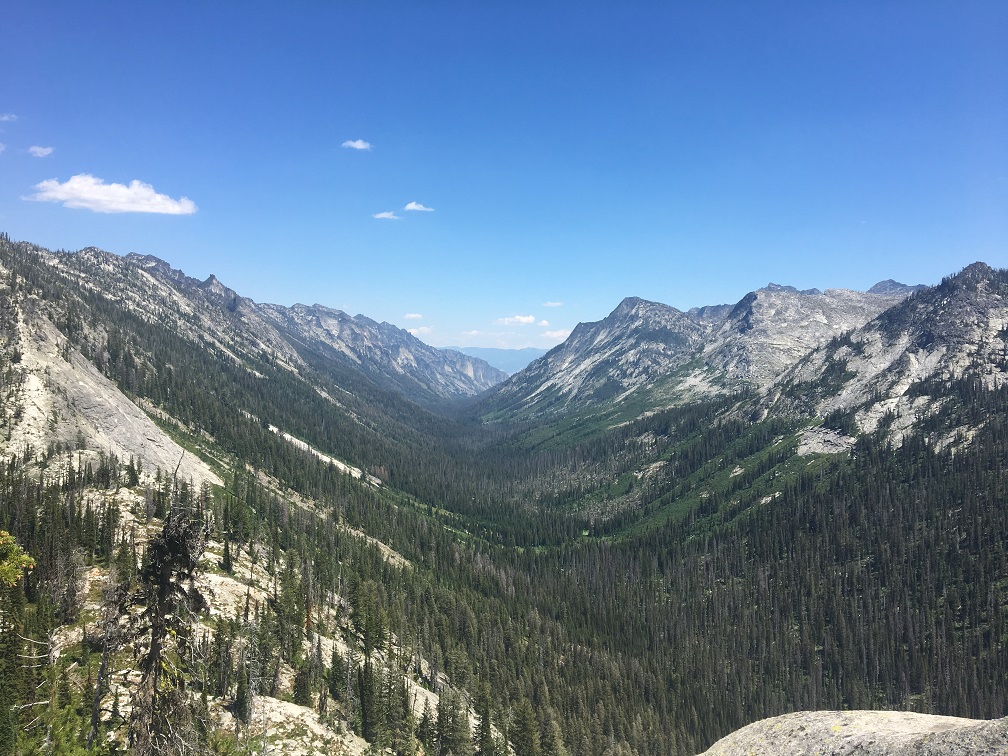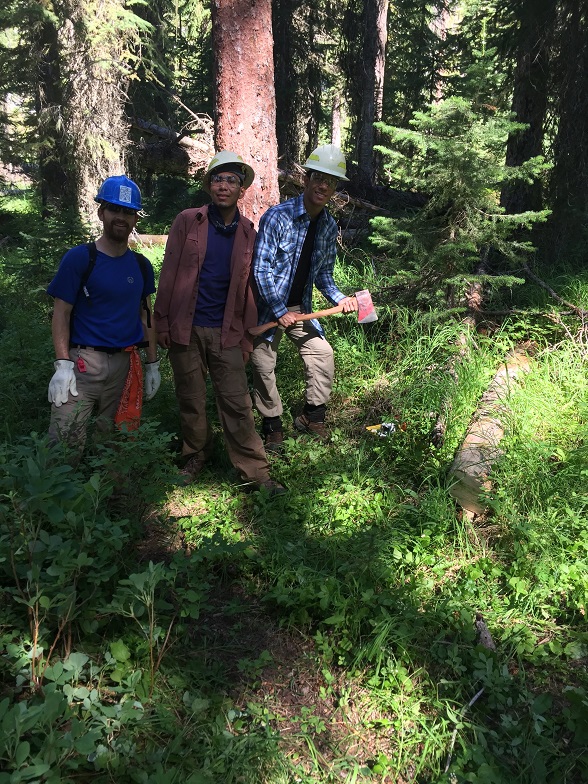Joey Hudek
Moose Creek Trails Liaison
As my 7th trail season has come to a close, I find myself reflecting on what was the best season thus far. I was in an interesting position this year as the leader of a Forest Service trail crew, while not working for the agency myself. Luckily, my two crew members and I didn’t have a problem with that. They were both Montana Conservation Corps alums, like me, and one of them had been on a previous MCC crew of mine. The three of us traveled all over the Central Zone of the Nez Perce-Clearwater National Forest. We did trail projects on front county OHV trails, cleared remote wilderness trails, performed serious maintenance on a suspension bridge crossing the Selway River, and discovered some trail blowouts that kept trails closed all season long. We even had the opportunity to get to fly into the Moose Creek Ranger Station!
Usually, with such a diverse season of trail work, it is difficult to pluck out a favorite project, place, or moment. Obviously, my favorite would be one of the big construction projects. Bridge maintenance on a suspension bridge or flying into the Wilderness. Nothing could be better than that, right? Well, it turns out something could be.
The Southwest part of the Selway Bitterroot Wilderness. It must have been a cool technical project then, right? Actually, it was just some good ol’ cut and run. Why was it my favorite then? Honestly, I don’t know exactly why, but I do know that this area captured me like no place has before. The trails we cleared were high on ridges and weaved in and out of fresh burns. There were 360° views of craggy mountains and it felt like I could see forever. I could pick out the Bitterroots to the east, the crags to the north, and I’m not sure what was going on to the South in the Frank Church, but I liked it. The beauty was almost too overwhelming at times. I know that doesn’t seem possible, but I assure you it is. I wish I was able to put into words how I felt while hiking those trails, but alas I am no poet. I can only make the recommendation to visit the Southwest Selway Bitterroot Wilderness and experience its overwhelming beauty first hand. Your soul will thank you, I promise.
